Civil Engineering Archive
Objectives of rain water harvesting
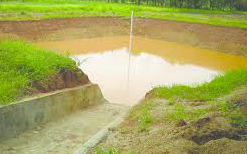
The main objectives of rainwater harvesting are It means capturing rain where it falls or capturing the runoff in your own village or town. And taking measures to keep that water clean by not allowing polluting activities
What are the methods of rainwater harvesting
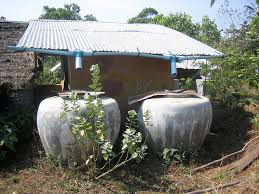
The methods employed for rainwater harvesting depends upon the Soil characteristics Rainfall pattern Climatic conditions of that particular region. The important methods which may be employed for this purpose are By storing water in tanks another reservoir
Types of construction equipment

Construction equipment The selection of the appropriate type and size of construction equipment often affects the required amount of time and effort and thus the job-site productivity of a project. It is therefore important for site managers
Advantages of lining

Reduction in seepage losses: The seepage losses are substantially reduced by providing lining. Thus water saved can be used to irrigate more area in the command. Reduction in water logging: Seepage through the unlined canal is the
Purpose of bulldozer
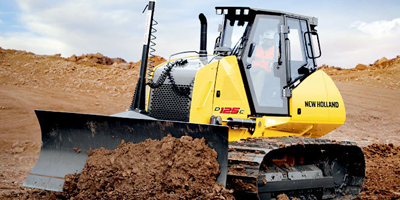
Purpose of bulldozer: A bulldozer is very useful equipment and can be used on the construction work for the following purpose To clear the site of work To make the land level To prepare pilot roads through
How the rainwater is collected for direct use

The rainwater collection for direct use is practised by collection the water coming down from the roof into a storage tank of plastic, R.C.C. or masonry. The tank can be placed either above the ground or below
Watershed management
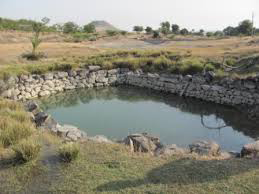
The watershed management can be defined as. It is the management of the surface runoff either by tapping the surface water on the surface or [land] by allowing the surface water to percolate to recharge the groundwater
What is the role of canals?
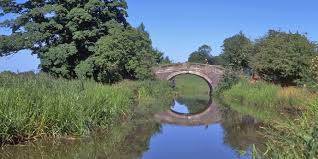
A canal is an excavated path or a trench through which the from the reservoir flows to the cultivated lands by gravity. While fixing the alignment of the canal, it should be taken along the ridgeline so
What is meant by spillway?

Spillway The spillway is a masonry overflow portion for every dam. The top of the spillway, known as a crest, is at F.R.L. [full reservoir level-water in the reservoir is stared up to a level known as
What do you mean liming of canals
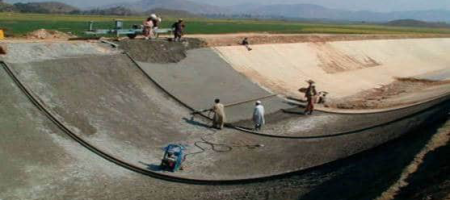
Lining of canals Lining means providing a thin covering of 2.5 to 15 cm. thickness to the bed and sides of the canal. The material used for lining are bricks, stones precast concrete block, reinforced cement concrete,